Your Garden Could Be a Hedgehog’s Last Hope: A No-Nonsense Guide
I’ve spent more than two decades working with British wildlife, first as just a garden-lover and later getting my hands dirty at local rescue centers. And over that time, a sad truth has become painfully clear: that familiar, happy snuffling sound in the garden at night is fading away. We’re seeing their numbers drop, and honestly, a lot of the blame falls on us. Our love for tidy gardens and solid, impenetrable fences has, without us meaning to, smashed their ancient highways to pieces.
In this article
But here’s the good news. Your garden, right now, can be a lifeline. It doesn’t need to be a wild, messy jungle to make a difference. It just needs to be a safe stop on a much bigger map, offering a bit of food, water, and shelter. This guide is built on years of real-world experience—the successes, the failures, and the hard-won wisdom from vets and fellow rescuers. It’s all about practical, simple changes you can make today.
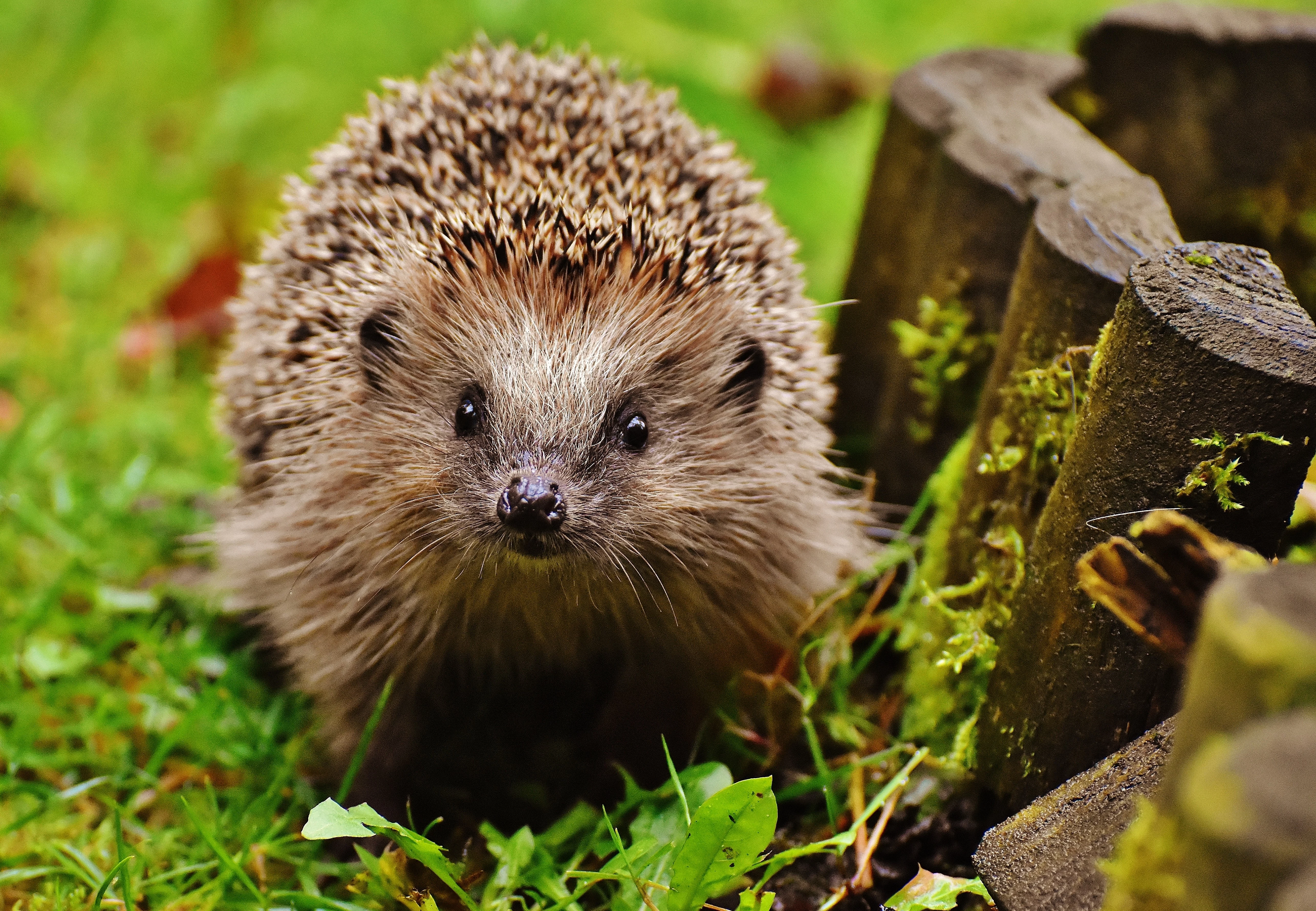
Remember, you’re just creating an opportunity. Whether they decide to show up is their business, but just giving them the choice? That’s a huge first step.
In a Rush? Do These Two Things Tonight
If you’re short on time, just focus on these two lifesavers. They’re quick, easy, and can make a difference before your morning coffee tomorrow.
- Put out water. Seriously, this is more important than food. Just a shallow, heavy dish of fresh water on the ground. A ceramic plant saucer is perfect and costs a couple of dollars.
- Check your pond. If you have a pond or pool with steep sides, place a plank of wood or a stack of bricks in it to create a simple escape ramp. This one thing prevents countless silent drownings.
First, Let’s Get Inside Their Spiky Little Heads
Before you start digging holes or buying food, it helps to understand the animal you’re trying to help. A hedgehog isn’t just a cute garden guest; it’s a wild creature with very specific needs. Knowing the ‘why’ makes the ‘how’ so much more effective.
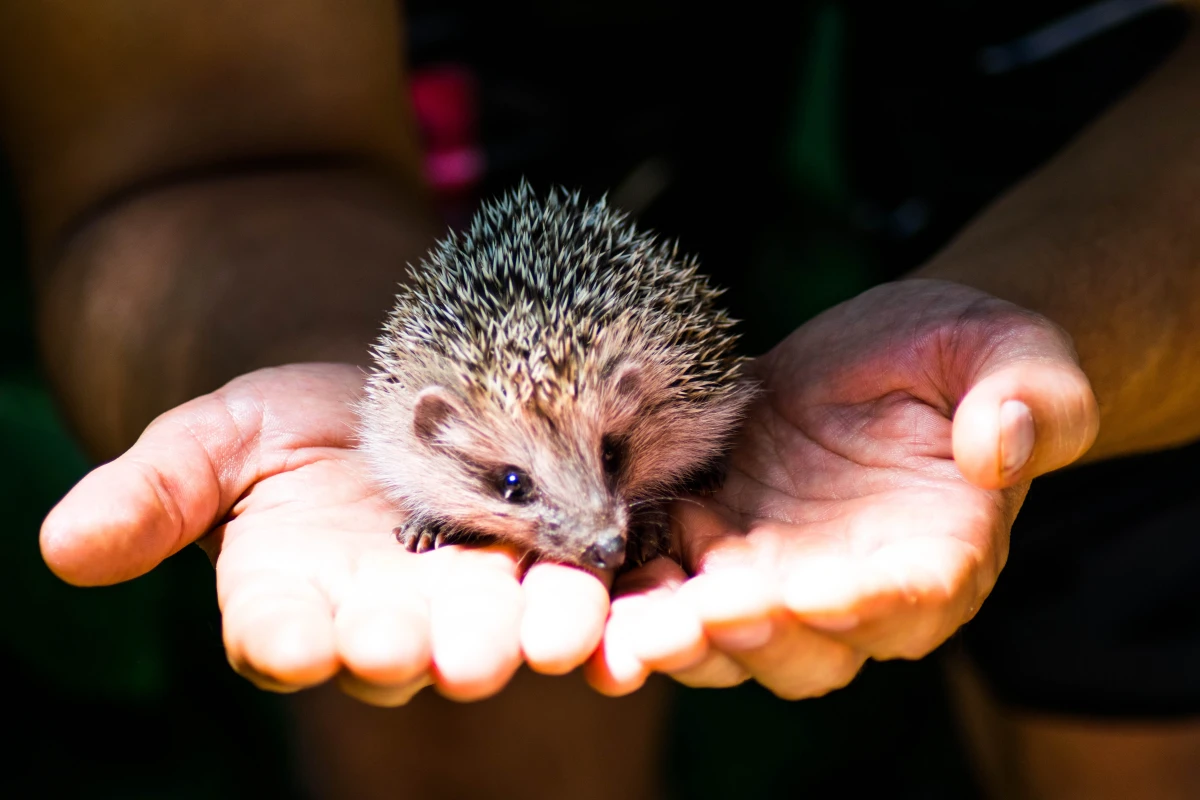
A hedgehog’s world is way bigger than your garden. At night, a single male can roam over a mile searching for food and a mate. When we put up solid fences, we’re essentially trapping them on tiny, little islands where they can’t find enough food or partners, leading to weak, isolated populations. This is why the single most important thing you can do isn’t about feeding them… it’s about letting them pass through.
They’re also pure insectivores. Their bodies are built to digest beetles, worms, and caterpillars. For years, people kindly left out bread and milk, but we now know this is incredibly harmful. Hedgehogs can’t digest lactose, and milk causes severe digestive issues that can be fatal. Bread is just empty calories that fills them up, stopping them from eating the protein they actually need.
And what about hibernation? It’s not just a long nap. It’s a deep state of torpor where their whole system practically shuts down to conserve energy. Waking them up by mistake—say, by turning over a compost heap or clearing a log pile—uses up a massive amount of their precious fat reserves. If it happens too often, they simply won’t have the energy to survive the winter. A safe, undisturbed spot to hibernate is literally life or death.
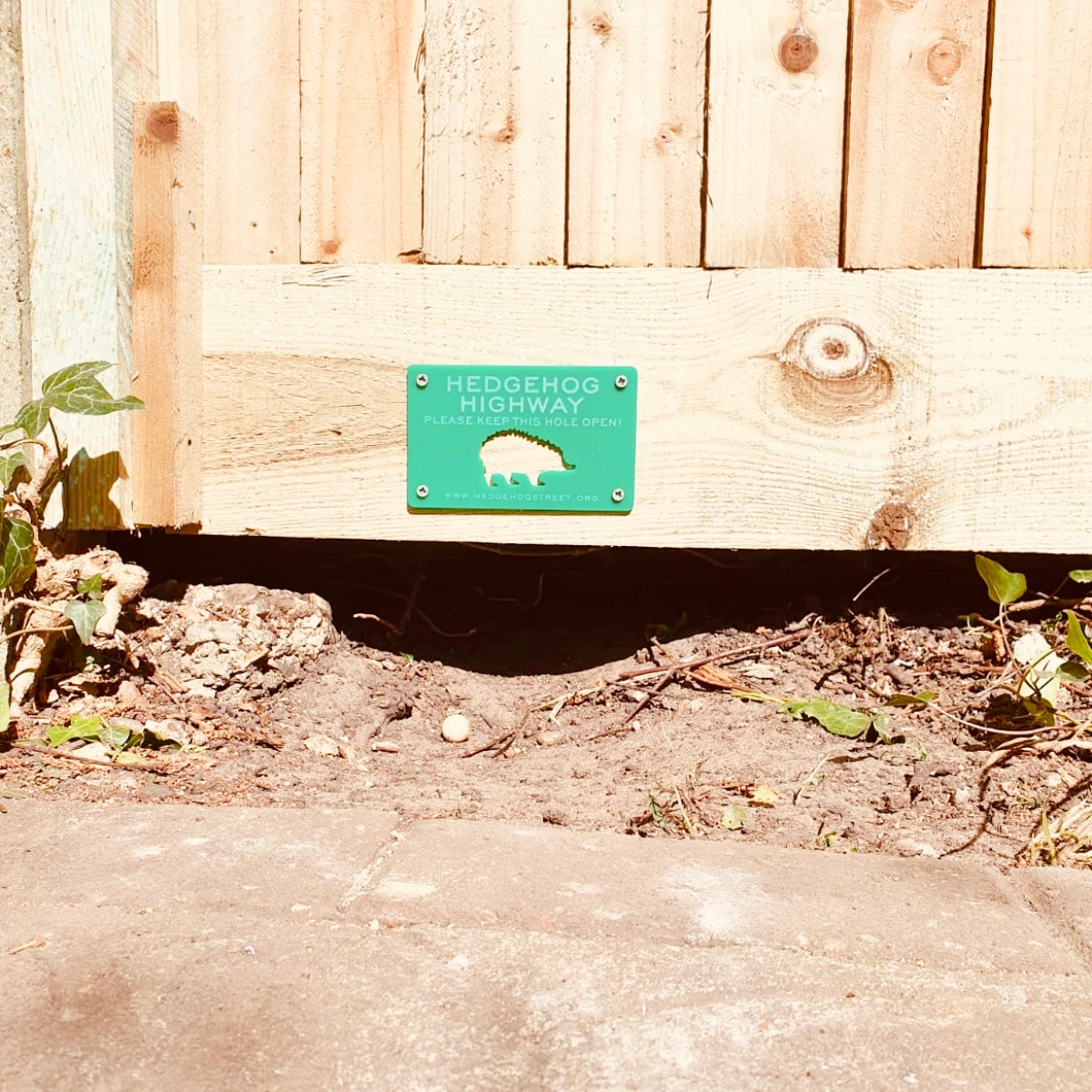
Step One: Build the Hedgehog Highway
If you do only one thing from this guide, please do this. A simple gap in your fence is the foundation for everything else. Modern fencing, especially with concrete gravel boards, is like the Great Wall of China to a hedgehog.
The ideal gap is a 13cm by 13cm square (that’s about 5 inches). The experts at wildlife charities have studied this for years, and it’s the perfect size: big enough for the chunkiest hedgehog, but too small for most pets to squeeze through. You can even buy little ‘Hedgehog Highway’ signs online for about $5-$10 to pop next to it, which is a great way to start a conversation with your neighbors.
- For Wooden Fences: This is a 10-minute job. Grab a pencil and a saw. Mark a 13cm square at the very bottom of a fence panel, right above the gravel board if you have one. Drill a starter hole, then cut out the square. A quick sand of the edges to remove splinters is a nice touch.
- For Brick Walls: Heads up, this is trickier. If you’re not confident with masonry, it’s best to call a pro. A builder can use a core drill or carefully remove a single brick to create a permanent, neat hole. It’s not worth risking the stability of a wall.
By the way, if your neighbor is hesitant, just have a friendly chat over the fence. Explain that hedgehogs are a gardener’s best friend, happily munching on slugs and other pests. Frame it as a community project, and you’ll probably win them over.
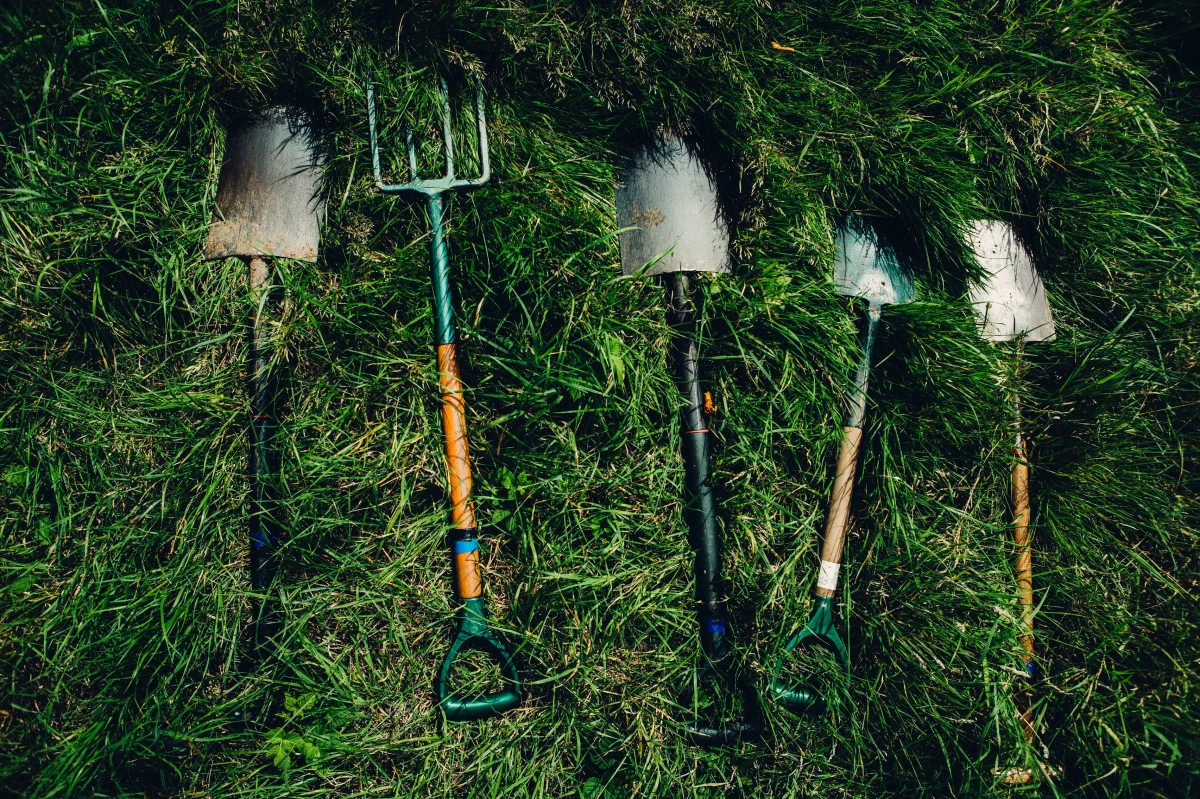
How Do I Know if It’s Working?
A lesser-known trick is to become a wildlife detective! After creating a hole, you can check for footprints by leaving a patch of sand or a shallow tray of mud (sometimes called a ‘footprint tunnel’) on the inside. Or, you can look for their droppings. They’re pretty distinctive: small, dark, and shiny, about 2-5cm long, and often packed with the glittery wing-cases of beetles. It’s the surest sign you have a visitor!
Making Your Garden a Safe Zone (Not a Trap)
Once they can get in, you need to make sure your garden isn’t a minefield of hazards. I’ve seen the results of these dangers at the rescue center, and they are almost always preventable and completely heartbreaking.
- Ponds & Pools: As mentioned, a ramp is essential. Steep-sided ponds are death traps. A rough plank of wood, some chicken wire stapled to it for grip, is a perfect solution. Check it regularly to make sure it hasn’t slipped.
- Strimmers & Mowers: This is a gruesome one. A hedgehog’s defense is to curl into a ball, not run. Before you tackle long grass or overgrown patches, PLEASE check the area carefully by hand. Part the grass and look. It takes five extra minutes and saves lives.
- Bonfires: A pile of dry leaves and wood looks like a luxury hotel to a hedgehog. Never, ever light a bonfire that’s been sitting for a while. The only safe way is to build it and light it on the same day. If you can’t, you must dismantle the pile and move it a few feet over, checking for creatures as you go.
- Netting: Garden netting for fruit or sports is a terrible entanglement hazard. Keep it pulled tight and at least a foot off the ground. When you’re done with it, store it away properly.
- Chemicals: Please, just don’t use chemical slug pellets. They are poison. A hedgehog that eats a poisoned slug gets poisoned, too. A hedgehog in your garden IS your slug control! If you absolutely must, use the wildlife-safe ferric phosphate pellets, but beer traps or copper tape are much better options.
- Litter: A yogurt pot or plastic cup stuck on a hedgehog’s head is a death sentence. Crush cans and cups, and always cut the rings from four-pack holders.

Hedgehogs & Your Pets: The Real Story
This is a big question for many people. “What about my dog? Or my cat?” It’s a valid concern, but in most cases, it’s perfectly manageable.
Cats are generally more curious than aggressive. A cat might bat at a hedgehog once, get a nose full of spines, and then decide to leave it well alone for the rest of its life. Most of the time, they learn to coexist peacefully. The main issue with cats is them stealing the hedgehog’s food, which is why a proper feeding station (more on that below!) is a great idea.
Dogs, on the other hand, can be more of a risk, especially terriers or other breeds with a high prey drive. Some dogs are completely uninterested, while others can be persistent, leading to injuries for both the dog (a nose full of spines) and the hedgehog (stress, shock, or worse). The best approach is supervision. When you let your dog out at night, go with it, keep it on a leash if necessary, and use a torch to check the garden first. This helps your dog learn that hedgehogs are not toys.
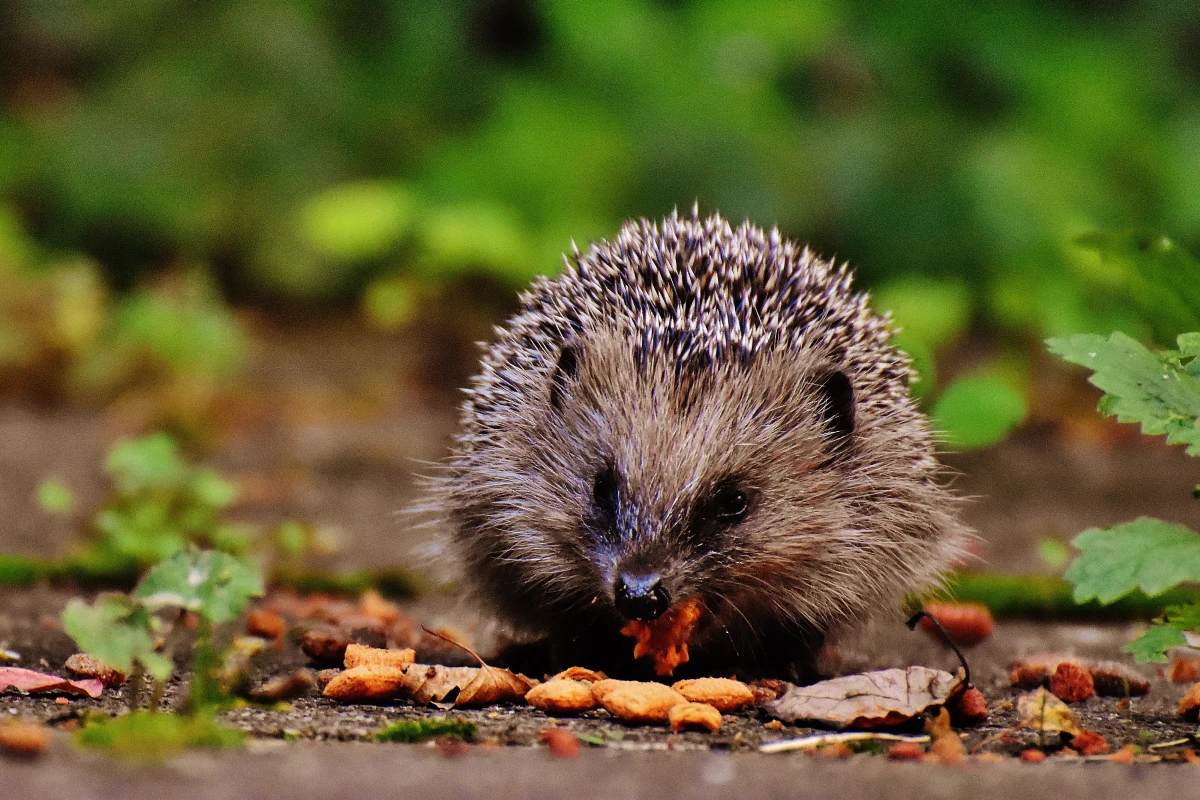
The Garden Buffet: What to Serve
Providing food and water can be a huge help, especially for young hogs trying to fatten up for winter. But you have to do it right.
Good Food vs. Bad Food
Remember, this is a supplement, not a replacement for their natural diet of creepy-crawlies.
- The Good Stuff (Serve This!): Wet, meaty cat or dog food is a fantastic choice. Look for chicken or turkey pâté—even the cheap supermarket own-brands are often perfect. Avoid the fishy stuff or anything in lots of gravy or jelly. Small, plain kibble (for cats or dogs) is also great, as it helps clean their teeth. You can also buy specialist hedgehog food from garden centers or online, which is perfectly balanced for them.
- The Bad Stuff (Avoid This!): NEVER give them milk or bread. It’s also crucial to avoid feeding them too many mealworms, peanuts, or sunflower hearts. They absolutely love them, but they are like junk food for hedgehogs and can cause a painful, crippling condition called Metabolic Bone Disease. A few crushed peanuts mixed in with their main food is okay as a rare treat, but a whole bowl is a disaster waiting to happen.
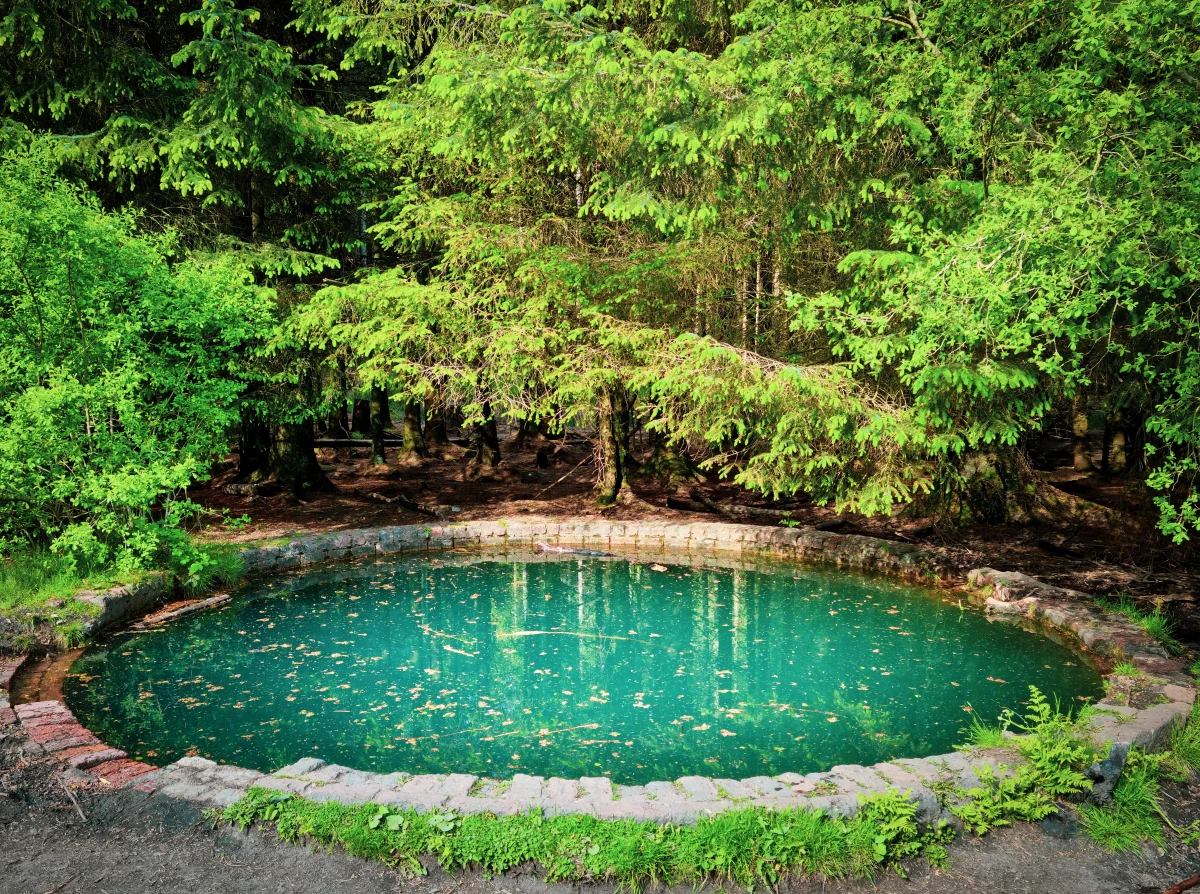
Build a Cat-Proof Diner
To stop the local cats from stealing all the food, a feeding station is your best friend. It’s super easy to make one yourself.
- Get a 30-litre plastic storage box. You can find these for about $10-$15 at places like Home Depot or online.
- Turn it upside down.
- Using a Stanley knife or jigsaw, carefully cut a 13cm x 13cm hole in one of the short ends.
- Place the food dish right at the back, away from the entrance.
- Pop a heavy brick or stone on top to stop it from being pushed around. Done!
Pro-Tip: If rats become an issue, which can happen, try only putting out a small amount of biscuits at a time and ensure there’s no other rubbish or food source nearby. A more complex feeding station with an internal baffle wall can also make it much harder for rats to get in.
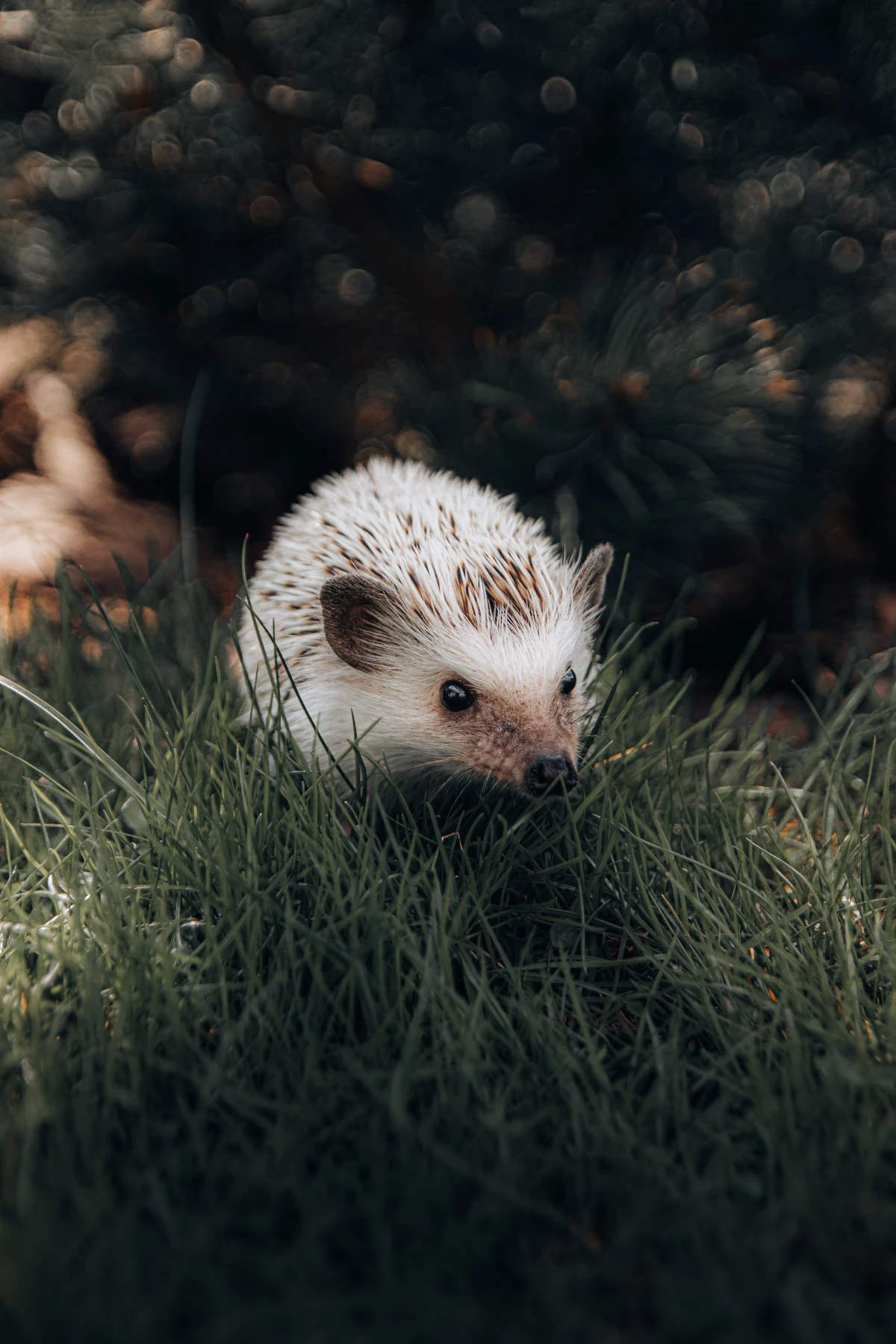
A Place to Stay: Building a Hog Hotel
Hedgehogs need safe, dry spots to sleep during the day and to hibernate. A messy garden is a healthy garden!
- Go Natural: The best hedgehog house is one they find themselves. A pile of logs in a quiet corner, a thick pile of autumn leaves under a hedge, or even a well-maintained compost heap are all five-star accommodations that also attract insects for them to eat. Just be super careful when turning a compost heap with a fork!
- Buy or Build: A purpose-built house is a great addition, costing anywhere from $40 to over $100. If you’re handy, you can build one from untreated scrap wood. The most important design feature is an internal tunnel or baffle wall. This stops a predator like a fox from reaching its paw inside and grabbing the hedgehog.
Place your house in the quietest, most sheltered part of your garden in late summer. Half-fill it with dry leaves or meadow hay. And then… leave it alone. Don’t be disappointed if it isn’t used right away. They’re picky! Once a hog moves in, don’t peek or disturb it. The only time to clean it out is once a year in the spring (around April), long after you’re sure any winter resident has woken up and moved on.
When to Be a Hero: Knowing When to Intervene
Most of the time, you should just watch from a distance. But there are times when stepping in is critical.
The golden rule is this: a hedgehog out in broad daylight is almost always in serious trouble. They might be wobbling, lying still, or surrounded by flies. They need help, fast. Another major red flag is seeing a small hoglet out on its own in late autumn. Any hedgehog weighing less than about 450-500g by the end of October is unlikely to survive hibernation.
Quick tip: To weigh one, use gardening gloves to gently place it in a small box and pop it on your kitchen scales. Just remember to subtract the weight of the box!
If you find a hedgehog in trouble:
- Using thick gloves, gently pick it up and place it in a high-sided cardboard box with an old towel to hide in.
- Provide warmth. A hot water bottle filled with warm (not boiling!) water, wrapped securely in a towel, placed at one end of the box is perfect. This allows the hog to warm up or move away if it gets too hot.
- Call your nearest wildlife rescue or vet immediately for expert advice. Don’t try to treat it or feed it yourself. Your job is to get it safe and warm, and then hand it over to the pros.
So, what if you do all this and no hedgehogs come? Don’t be discouraged. By making these changes, you’ve created a safe passage and a welcoming habitat. You’ve turned your patch of earth into a vital link in a chain of survival. And that is a truly amazing thing to do.
Inspirational Gallery
While you’re leaving out a tasty meal, be just as careful about what you DON’T offer. Some common items are surprisingly harmful:
- Milk & Bread: Hedgehogs are lactose intolerant. This classic combination, often seen in old cartoons, causes severe digestive upset.
- Mealworms: In small amounts they’re okay, but too many can lead to metabolic bone disease due to their poor calcium-to-phosphorus ratio.
- Grapes & Raisins: These are toxic to their kidneys, much like with dogs.
Hedgehogs don’t truly hibernate. They enter a state of ‘torpor’, meaning they can wake up periodically during milder winter spells to forage.
This is why leaving out food and water, even during colder months, can be a lifesaver. A hedgehog that wakes up and finds a reliable food source can quickly refuel and go back to sleep, significantly increasing its chances of surviving until spring.
A deadly trap in a blue pellet: If you use slug pellets, please stop. Even so-called ‘pet-safe’ versions can harm hedgehogs. The active ingredient, metaldehyde, is lethal if they eat a poisoned slug. A far safer alternative is using wool pellets, copper tape around pots, or simply encouraging natural predators—like the hedgehogs you’re trying to attract!
What should I do if my dog discovers a hedgehog?
First, stay calm. Most dogs are just curious. Leash your dog and bring them inside immediately. A hedgehog’s defence is to curl into a ball, so it’s unlikely to be injured unless the dog is persistent. Once the coast is clear, the hedgehog will uncurl and be on its way. Consistent training to ‘leave it’ can help prevent future encounters.
- It provides a natural larder of beetles, worms, and slugs.
- It offers safe, discreet nesting sites for hibernation.
- It protects them from predators and harsh weather.
The secret? That ‘untidy’ corner of your garden you’ve been meaning to clear up. Just leaving a pile of leaves and a few logs is one of the most beneficial things you can do.
The real magic happens after dark. Sit quietly by an open window and listen. It’s not just the rustling in the undergrowth you’re waiting for. It’s the snuffling, chomping, and surprisingly loud grunts of a hedgehog enjoying the safe haven you’ve created. It’s a primeval, reassuring sound that connects your modern garden to a wilder world.
According to the British Hedgehog Preservation Society, we’ve lost over half of our rural hedgehogs and a third from our towns and cities since 2000.
Specialist Hedgehog Food: Brands like Brambles or Spike’s Dinner offer a balanced mix of vitamins and minerals specifically for hedgehog health.
Meaty Cat Biscuits: A great alternative is a high-protein, meat-based (chicken) dry cat or kitten food. The small, crunchy kibble is also good for their teeth.
Either is a fantastic choice, but always avoid fishy flavours and provide a separate, shallow dish of fresh water.
A five-star hedgehog hotel doesn’t have to come from a store. A simple log pile is one of the best forms of shelter you can provide. Here’s how:
- Find an undisturbed, shady corner of your garden.
- Start with a base of larger, thicker logs to create cavities.
- Layer smaller branches and twigs on top.
- Finish by stuffing dry leaves into the gaps to create a warm, insulated core. It’s a perfect spot for hibernation or a daytime nap.
Creating a ‘hedgehog highway’ sounds grand, but it’s simple. A 13cm x 13cm (or 5×5 inch) hole is the perfect size—big enough for a ‘hog, but too small for most pets. For wooden fences, a standard jigsaw or hole saw attachment for a drill makes quick work of it. For concrete gravel boards, you can purchase pre-made gaps or carefully create one with a masonry drill and hammer. Mark your new highway with a small sign to let neighbours know its purpose; you might inspire them to connect their gardens too!










